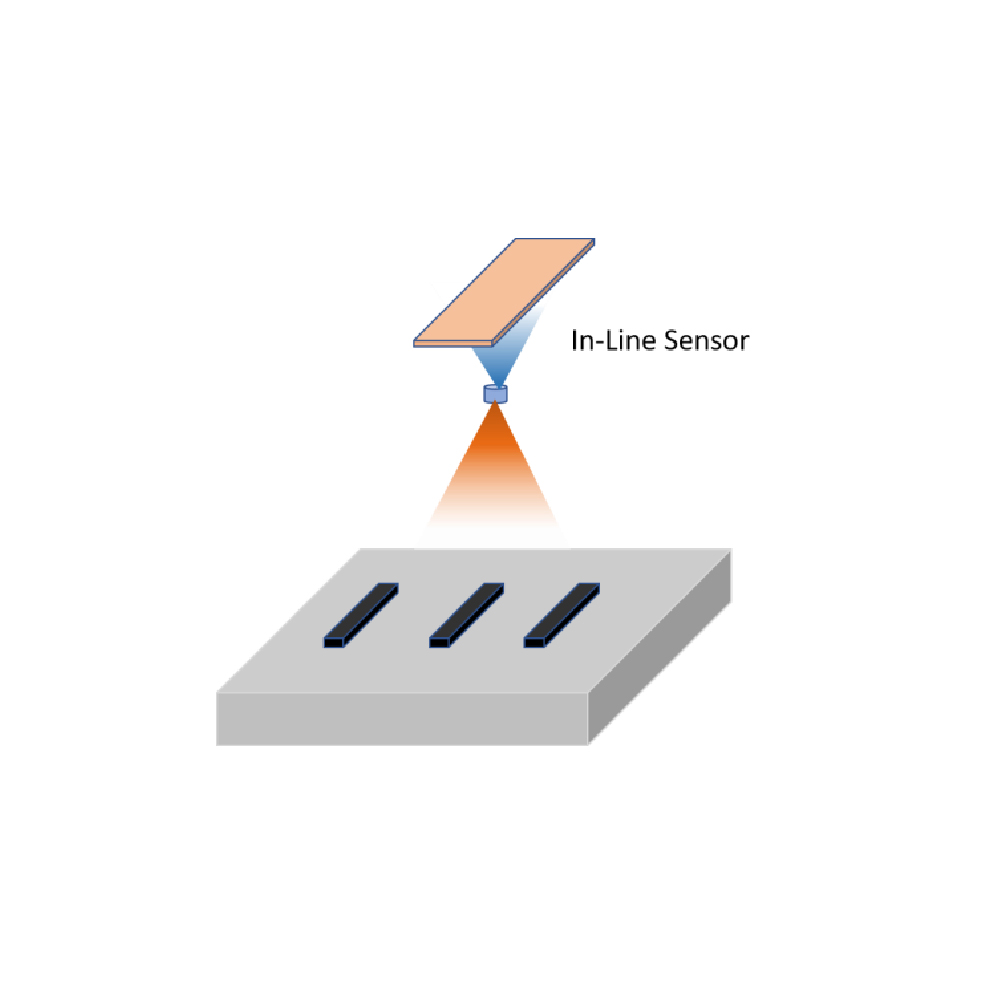
The major CMOS manufacturers are constantly improving the performance of these sensors. A few years ago no one would consider using a CMOS sensor in a gel documentation system. However, that has now changed. Using line-scanning it is now possible to use these sensors in low-light, high performance applications such as chemiluminescent Western Blot image capture. Clever use of how the line scanner can be controlled to capture low level light and to monitor light level output has revolutionised this technique. The acquisition of accumulated exposures of the sample effectively increases the integration time to collect the signal from the gel or blots and hence is ideal for a low light application. Even with such a low noise sensor no Peltier cooling is required. This overcomes one of the major disadvantages of the CCD camera where the use of significant cooling is required to remove electronic noise during the image capture process.
Additionally, the CMOS sensor allows the summing of the signal output with no increase in noise – unlike in the CCD where the summing of a series of captured images [ series capture] results in an increase in the signal to noise ratio and a decline in image quality. Pop-Bio Imaging are one of the first companies to recognise the significant advantages that the CMOS sensor offers above that the older technology CCD camera. Using CMOS, fluorescent samples which emit extremely weak signals can be imaged with ease while the CCD often struggles in these situations. Placing the CMOS sensors very close to the sample also aids the ability to collect weak signals. Something the CCD camera cannot do because of the inherent optical problems and the need to use additional lenses and filters.
